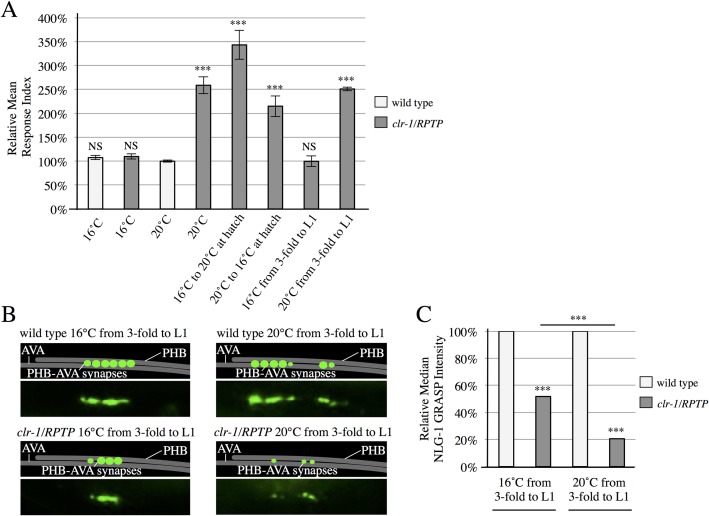Fig 3. CLR-1/RPTP is required during late embryogenesis and the first larval stage.
(A) clr-1/RPTP(e1745) animals shifted from the permissive temperature (16°C) to the restrictive temperature (20°C) or vice versa after hatching display defective behavior (n≥40). clr-1/RPTP(e1745) animals at 16°C during the 3-fold embryo and larval stage 1 (L1) respond normally to SDS. Animals at 20°C during these stages have defective responses (n>65). NS, not significant, ***P<0.001, t-test, comparison to wild-type. P-values were adjusted for multiple comparisons using the Hochberg method. Error bars are SEM. (B) Schematics and micrographs of wild-type and clr-1/RPTP animals kept at 20°C or 16°C during the 3-fold embryo and L1 stages. (C) Quantification of reduced NLG-1 GRASP fluorescence intensity in clr-1/RPTP animals kept at 20°C during these stages, in comparison with clr-1/RPTP animals kept at 16°C during these stages. ***P<0.001, U-test, comparison to wild-type if directly over bar, or as indicated. P-values were adjusted for multiple comparisons using the Hochberg method. 95% confidence intervals for the medians are included in S1 Table.

